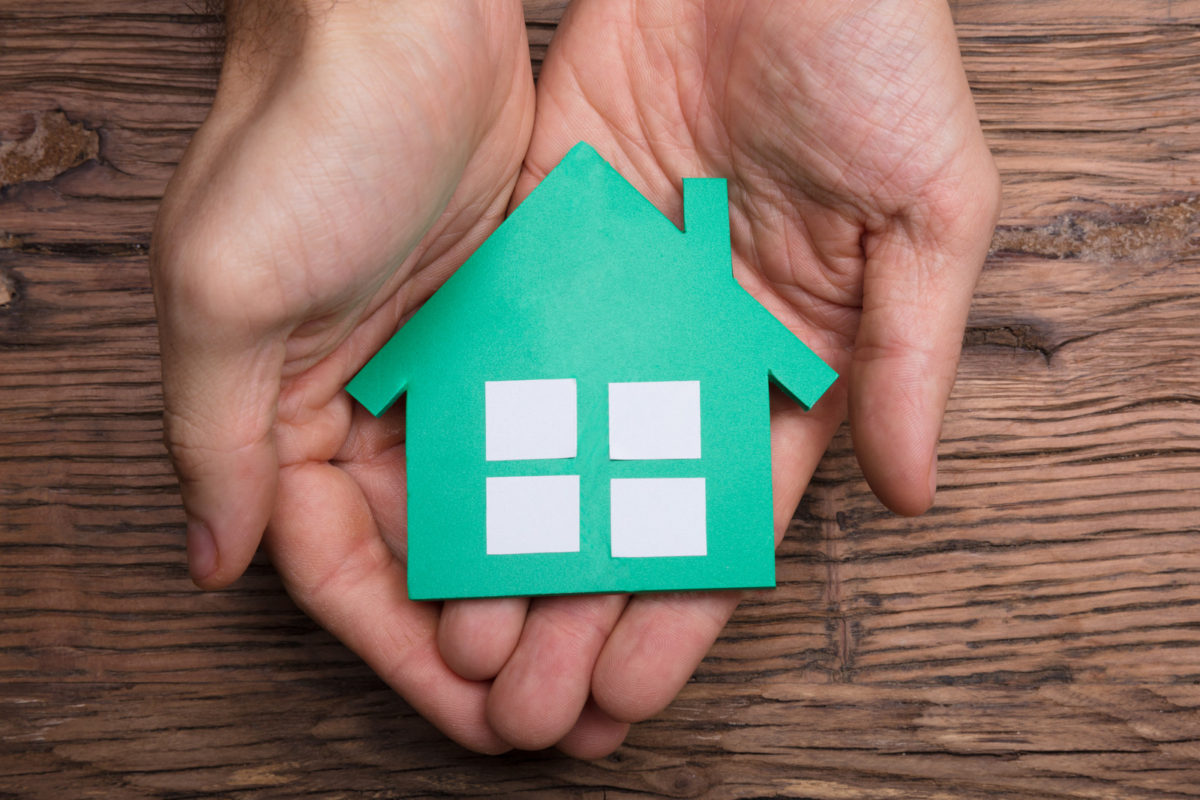Utah business leaders are working to bring more awareness to the issue of housing affordability. That’s because without new housing policies and efforts to build affordable homes, our children could find themselves paying more than $700,000 for a modest home.
Those are the findings of a new report from the Kem Gardner Policy Institute at the University of Utah. The Salt Lake Chamber-commissioned study says home prices in the Salt Lake metro area have increased an average 5.7 percent annually over the past 26 years. In fact, since 1991, the increase in Utah home prices has been the fourth-highest in the country. Should similar increases continue over the next 26 years, prices could be $1.3 million in a generation or $736,600 when adjusting for inflation, according to the report.
Part of the problem is incomes aren’t increasing as fast as home prices, 0.36 percent versus 3.23 percent annually.
Another contributor to rapidly rising prices is the shortage of homes. From 1971 to 2010, the number of new housing units exceeded the number of new households by about 15 percent. That changed, however, from 2011 to 2017. In that period, there were about 50,000 fewer homes built than there were new households.
As more people compete for fewer homes, prices have gone up even faster than the 5.7 percent average. For example, the median sales price increased 10 percent statewide in the first quarter, according to the Utah Association of Realtors.
Homebuilders are having a difficult time building enough new units because of labor shortages and rising prices for land and materials. In fact, the cost to develop land has increased 40 percent in the past 10 years, according to the Kem Gardner study. Meanwhile, the average cost to construct a single-family home has increased 33 percent in the past decade.
As a result of these and other factors, the report predicts the housing supply shortage will continue for at least several more years.
As a way to address some of the housing affordability issues, the Salt Lake Chamber has formed a Housing GAP Coalition to help plan for Utah’s future housing needs. So far, the coalition has identified three priorities to help stimulate the construction of more affordable housing units: 1) Adopt zoning that allows for a wide variety of housing types and prices, 2) improve cost-prohibitive impact and permit fees and 3) support multi-use land development. The goal would be to create a variety of housing types for many housing needs and life stages.
Although leaders are working now to prevent a housing crisis in the future, it’s important to remember many homes are actually still affordable.
In fact, of the metro areas in Utah, Ogden-Clearfield is often rated as the most affordable. Of the homes sold during the first three months of the year, about three-quarters of those were in reach for a family making the area median income of $78,000, says the National Association of Home Builders/Wells Fargo Housing Opportunity Index. The measure takes into account home prices, incomes and interest rates to determine an affordability score. In other words, it means a median-income household could afford about three out of every four homes sold.
In contrast to Ogden-Clearfield’s 74 percent, 62 percent of homes sold in Salt Lake were considered affordable. Provo-Orem came in at 59 percent with St. George at 54 percent.
A separate affordability analysis in the Kem Gardner Policy Institute report also found Weber County to have the best affordability along the Wasatch Front, followed by Davis County.
Of course, the affordability and availability of homes will depend on local market conditions. For help navigating this complicated housing market, contact a local Realtor. A directory of Northern Wasatch Realtors is available at NWAOR.com.
–
Brenda Nelson
2018 President, Northern Wasatch Association of REALTORS®

